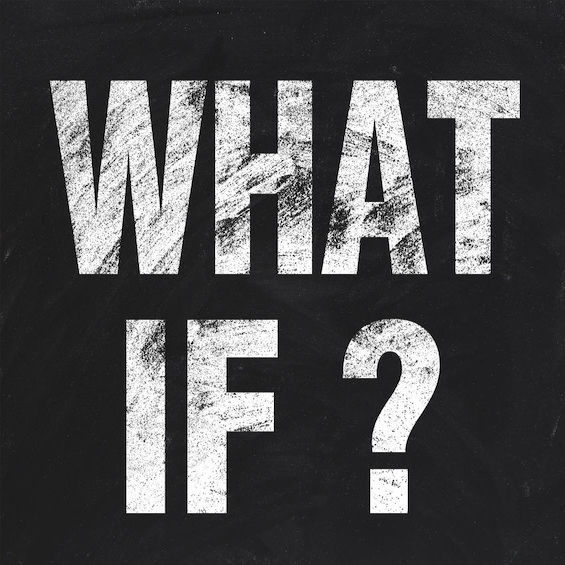By Dr. Ken Broda Bahm:

In one scenario, a worker is on a ladder, painting a ceiling at a local mall. The mall’s management did not order enough safety lines and the worker decides to go ahead and paint without one. After falling and being seriously injured, he sues for damages. The experiment indicates that responsibility depends on where jurors focus their “if only” thinking. “If only management had ordered enough lines” points responsibility to the defense, while “If only the worker had chosen not to work without a safety line” points responsibility at the plaintiff. Results in testing that scenario show that the direction of the counterfactual (belief about something that didn’t happen) determines the responsibility.
But in another experimental scenario, a driver takes an unusual route home and is struck and killed by a drunk driver. In that scenario, the most easily available counterfactual is that the driver takes his usual route home and isn’t killed. But in that situation, research participants still had no trouble blaming the drunk driver rather than the inconsistent commuter. Studies on both scenarios show two routes to determining responsibility: Sometimes we’ll base it on the easiest counterfactual, and sometimes we won’t. Because these settings had not been researched in a civil trial context for many years, new research (Cantone, 2018) set out to determine the conditions under which responsibility will be based on a counterfactual consideration of possibilities versus on a factual analysis of responsibility. The results should be of practical interest to anyone wanting to know more about how their jurors will think about causation.
The Research: How Do Jurors Assess Cause?
Research participants read a case summary of the mall ceiling painter, along with statements highlighting the novelty of either the defendant (They supplied safety lines to all but Evans) or the plaintiff (This was first time he performed the work without a safety line). Then researchers assessed the reactions, including verdicts regarding civil negligence.
Comparing the two modes of thought identified above, the researchers did not see a clear winner. They found that neither the counterfactual nor the causal-analytical models fully explained the reactions. Their mock jurors did rely on straightforward causal attributions to decide responsibility, while also relying on the cued counterfactual thoughts about what might have happened instead.
The Implications:
Both Causal and Counterfactual Forms of Thinking Matter
The jury instructions will likely ask jurors to think analytically about the cause that led in a direct and unbroken sequence to a given event. The law prefers that path to the counterfactual alternative based on speculation about the most salient version of “what might have been.” But juror psychology still favors both. The researchers were able to manipulate the degree of defense responsibility by playing up or down the counterfactuals in which the company or the workers make a different choice, and found that the more fact finders thought about a given party’s alternatives, the more that party was found responsible.
In addition, the more abnormal a given party’s actions were seen as being, the more that party was responsible. This is a reason why both plaintiffs and defendants should be thinking of ways to normalize the choices and actions of the party they represent. It isn’t always legally relevant, but it is always psychologically relevant.
It also suggests that litigators should give explicit thought to how and when they frame the alternative “paths not taken” for the other side. The research article indicates, “If jurors who more readily think of how the defendant could have acted differently are more likely to attribute causality to the defendant, find the defendant negligent, and be more certain in that verdict, it also opens the question of when counterfactual thinking has its most profound effect,” with the author wondering whether the best time to frame it is in openings, or closings, or during testimony.
But It Is Nuanced and Complex
The specific study results, which are best viewed in the article itself, resist a simple conclusion. While the research lacked unambiguous support for either the counterfactual or the causal-analytical models, they also found several results that seemed inconsistent. The takeaways is that there is not an easy rule of thumb governing jurors’ likely thoughts about direct causation and about counterfactual possibilities.
What this suggests is that the specific situation demands research. The route that fact finders will take will depend on the specific story in your case and will also depend on the fact finders themselves. While the general research is helpful in letting you know what to look for, there is no substitute for running your own mock trial that is specific to your own case and venire.
Other Posts on Causal Thinking:
- Pre-empt the Post-Hoc: Teach Jurors to Resist the Causal Illusion
- Understand Victim-Blame
- Mind the Gap: Stop Jurors From Jumping Straight From Liability to Damages
Cantone, J. A. (2018). Counterfactual Thinking, Causation, and Covariation in Mock Juror Assessments of Negligence: Twenty‐Five Years Later. Psychological reports, 0033294118816945.